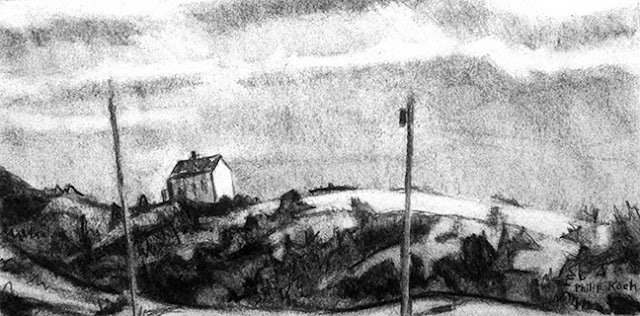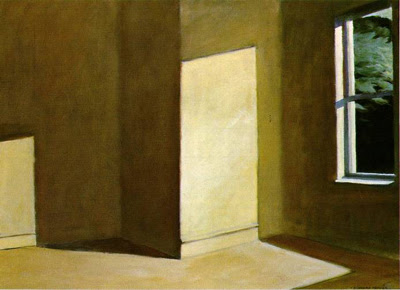The Most Over the Top Painting, Ever

This is a painting that was a huge inflence on my decision to switch to painting landscapes. It's by the German Renaissance painter Albrecht Altdorfer. He's often credited as being the first european artist to do a purely landscape oil painting (instead of having the landscape just be a background for human figures). This one is titled Battle of Issus and was completed in 1529. If my memory serves me correctly, I ran into this completely-over-the-top painting in the art history textbook I was required to buy for my Art History 101 my freshman year at Oberlin College, Jansen's History of Art. (And if I'm wrong about that being the book, it was in another survey-of-art book I purchased shortly after that).
At the time I was painting abstract canvases under the influence of the art stars of the day, Frank Stella and Jules Olitski. Lacking much in the way of drawing skills, this was about all I could muster at the time. But blasting away in acrylic paint I churned out dozens of zappilly colored paintings and actually taught myself a lot. Still in the back of my mind I'd worry that my early paintings weren't really very ambitious. They'd have only a few shapes in them and deliverd no real sense of light or space. So I gradually was coming to the conclusion I had made a good beginning, but that I needed to start casting my net more widely for ideas if I was ever to become a serious painter.
This Altdorfer painting fascinated me. Not so much the clashing armies in the foreground, though they are impressive. But rather the landscape of the middleground and far distance called out with an enchanting magic. Altdorfer seemed to be expressing the whole world like nobody else I'd ever seen. Sure the painting seemed a little crazy, but I liked its overarching ambition.
I studied this painting for hours. Several things occurred to me. For one thing, Altdorfer loved the idea of close v.s. far and wanted that to just grab a hold of his viewers. I noticed he used a simple device over and over again- spotlighting a few selected tall forms to overlap the shape behind. Right smack in the middle of the foreground some spirited soldeir is holding aloft a yellow banner. Its job visually is to tell us he's in front of the thousand of desperate sword-wielding men just behind him. The banner makes us feel it. The same is true of the pyramid of a mountain just in back of the battle. And wildest of all is the flying billboard in the sky with the draw string hanging down like the chord on an old fashioned roll down window blind..
The other big lesson was the painting's color, with the systematic placement of the cool colors in the distance and the warm hues up front. This was typical of Renaissance painting of course, but I didn't know that then. But this was the painting that got me thinking about how closer spaces needed to feel different than distant ones. And that color change was a great tool to make this happen.
So in addition to my other teachers, I have to tip my hat to old Albrecht. Some 500 years later someone was learning from him. What a nice complement to him. Wouldn't we all like to influence someone in the future through the works we accomplish now? It's not immortality, but it's close second.


